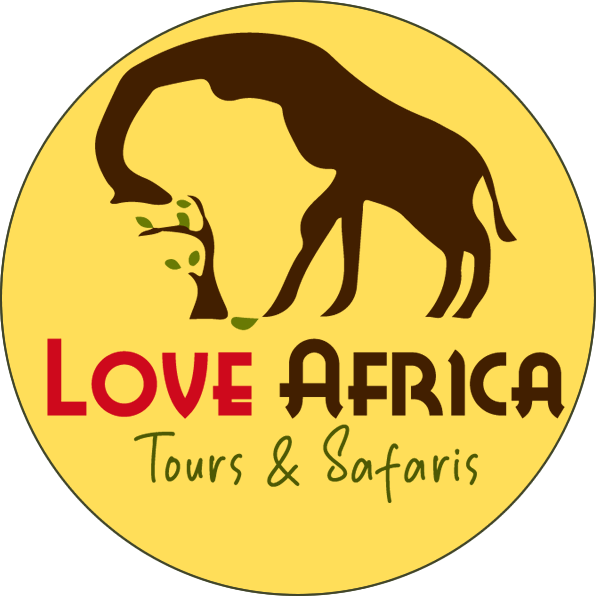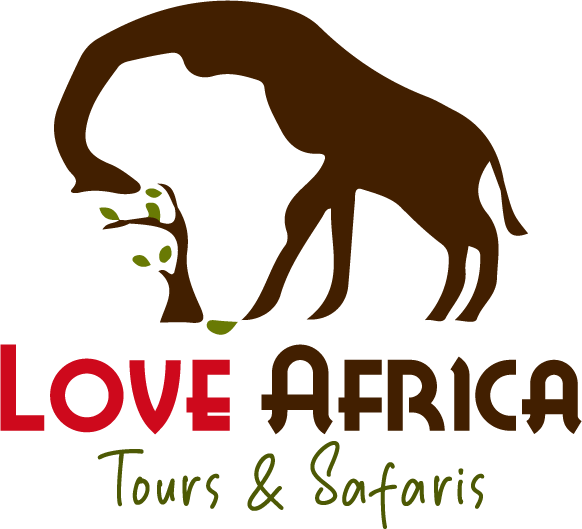Preserving a Wildlife Haven: Selous Game Reserve
In the heart of Tanzania lies the vast and diverse Selous Game Reserve, a testament to the country’s commitment to preserving its natural heritage. Established in 1922 and named after British explorer and conservationist Frederick Selous, the reserve covers over 50,000 square kilometers, making it one of the largest protected areas in Africa.
The Selous Game Reserve is renowned for its diverse ecosystems, including savannahs, rivers, and wetlands, which provide a haven for a wide variety of wildlife. It is home to a plethora of iconic African species, such as elephants, lions, leopards, and giraffes, as well as rare and endangered species like the African wild dog and the black rhinoceros.
The reserve’s pristine wilderness and abundant wildlife have made it a popular destination for safari enthusiasts and nature lovers from around the world. Visitors can experience the beauty and majesty of Africa’s wildlife up close, whether by embarking on a game drive, a walking safari, or a boat safari along the Rufiji River, which winds its way through the reserve.
But the Selous Game Reserve is not just a tourist destination – it also plays a crucial role in conservation efforts in Tanzania. The reserve’s diverse habitats support a wide range of flora and fauna, many of which are facing threats from habitat loss, poaching, and climate change. By preserving these ecosystems and the wildlife within them, the reserve helps to protect the country’s natural heritage for future generations.
Uncovering the Rich History and Biodiversity of Selous
The Selous Game Reserve is not just a wildlife haven – it is also steeped in history and rich in biodiversity. The reserve’s namesake, Frederick Selous, was a renowned big game hunter and explorer who played a key role in the conservation movement in East Africa. His legacy lives on in the reserve that bears his name, which was established to protect the region’s wildlife and habitats.
In addition to its historical significance, the Selous Game Reserve is also a hotspot of biodiversity. The reserve is home to over 2,000 plant species, 440 bird species, and 60,000 elephants, making it one of the most biodiverse areas in Africa. The diverse habitats within the reserve support a wide range of species, from large mammals to small reptiles and insects.
One of the most iconic features of the Selous Game Reserve is the Rufiji River, which serves as a lifeline for the wildlife within the reserve. The river is home to a variety of aquatic species, including hippos, crocodiles, and numerous bird species. Boat safaris along the river offer visitors a unique opportunity to observe these animals in their natural habitat.
As we continue to explore and uncover the legacy of the Selous Game Reserve, it becomes clear that this incredible wilderness area is not just a tourist destination – it is a vital part of Tanzania’s natural heritage. By preserving the reserve and its diverse ecosystems, we can ensure that future generations will have the opportunity to experience the beauty and wonder of Africa’s wildlife firsthand.




